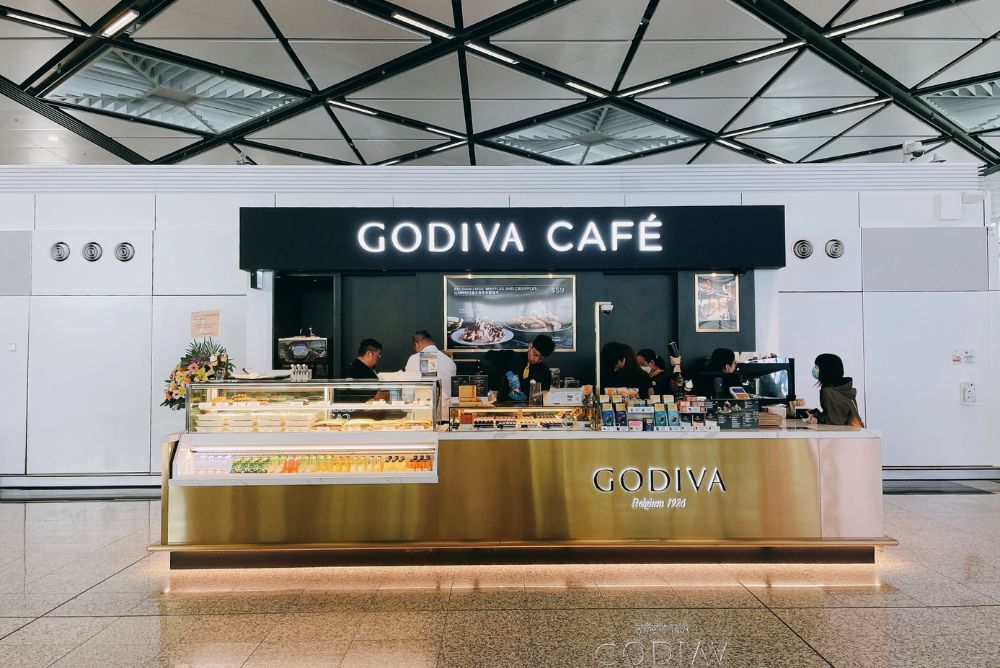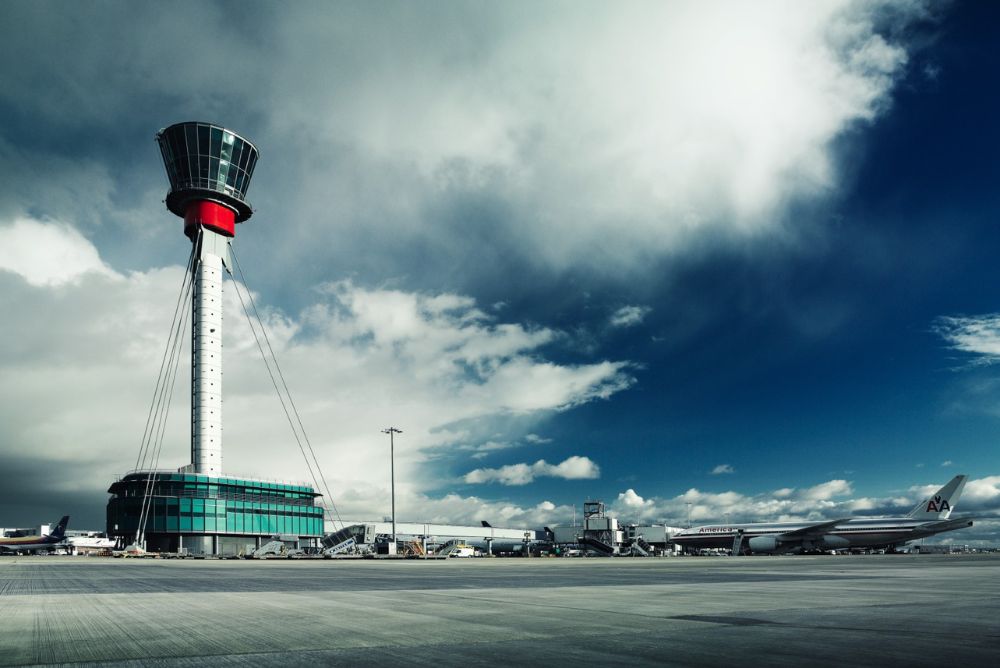PATA APAC visitor arrivals hit 595m foreign arrivals in 2016
By Doug Newhouse |
 The Pacific Asia Travel Association (PATA) has released its latest analysis of present and long-term forecasts of international visitor demand for major destinations in the region, which also includes medium-term forecasts through to 2021 covering 39 regional locations.
The Pacific Asia Travel Association (PATA) has released its latest analysis of present and long-term forecasts of international visitor demand for major destinations in the region, which also includes medium-term forecasts through to 2021 covering 39 regional locations.
PATA says that based on existing year-to-date data and its forecasting model for 2016 it is estimating that total inbound ‘foreign’ arrivals to these destinations exceeded 595m in 2016 – representing a 3.4% increase on historic 2015 results.
DRAMATIC 19.6M PASSENGER INCREASE….
Even more dramatic is its estimate that this total represents an annual volume increase of more than 19.6m additional foreign arrivals to all of these destinations last year.
Having said that, PATA points out that the level of growth ‘differs markedly across each of the Asia Pacific regions, depending on the metric used’. In support of this it says that the annual percentage growth rates varied from a high of 6.8% down to 3.2%.
PATA said: “The origin market profile was dominated by the Asian source markets in 2016 (64.2% relative share), followed by the Americas (17.5%) and then Europe (11.0%).
“While the Pacific had the strongest annual growth rate as a supplier of foreign arrivals (6.1%), this was off a relatively small absolute base of arrivals; the conversion to an actual increase in volume a little over 861,000.
“Asian source markets had both a strong annual growth rate (5.2%) and a large numeric base of arrivals so that the increase in foreign arrivals between 2015 and 2016 equated to more than 19m. This represents 97% of the net gain in additional foreign arrivals between 2015 and 2016.”
PATA adds that there was also a significant variation in the dominant suppliers into each of the Asia Pacific regions, with intra-regional flows accounting for 58% of arrivals into the Americas (Americas to the Americas), and 82.6% of arrivals into Asia (Asia to Asia). It adds that in both cases the intra-regional flows showed the strongest numeric gains in foreign arrivals in 2016, relative to 2015.
ASIA AND THE AMERICAS FUEL THE PACIFIC
Interestingly, PATA adds that the Pacific region was the exception, breaking this intra-regional dominance trend with the majority of foreign arrivals coming from Asia (37.1%), followed by the Americas (31.1%).
Both those origin regions supplied the greatest absolute increase in foreign arrivals into the Pacific in 2016, although the intra-regional gains were not far behind those of the Americas into the Pacific.
PATA said: “At the sub-regional level it was once again all Asia with intra-regional flows in each of Northeast and Southeast Asia generating significant increases in absolute volume of arrivals between 2015 and 2016 – as well as flows from Northeast Asia into Southeast Asia and vice-versa.
“The European source markets were generally strong into most of the Asia Pacific sub-regions with the obvious exception of West Asia, specifically Turkey.
The strongest European numeric growth came from West, North and East Europe into Southeast Asia, but these increases were only just sufficient to cover the loss in arrivals from Europe into West Asia (-7.331 million).”
EUROPEAN FLOWS TO APAC ‘MARGINAL’
The travel association says that this resulted in the overall flows from Europe into Asia Pacific being marginal for the year, relative to 2015. Meanwhile, the strongest individual European markets in 2016 were the UK and the Russian Federation into Southeast Asia, both of which increased their relative arrivals count into the sub-regional destination by more than a quarter of a million.
“These were followed by Germany, France and Spain which increased substantially their arrivals into Southeast Asia and Central America.
Looking forward over the five-year forecast period to 2021, PATA now expects foreign arrivals into Asia Pacific destinations to grow at an average annual rate of 5%, reaching a combined foreign inbound count of close to 758m.
It also believes that by the start of the next decade the Americas will receive 156m foreign arrivals annually, while Asia will receive more than 573m.
By contrast it predicts that the Pacific will receive more than 28m foreign arrivals annually.
PATA said: “The average annual growth rate of five per cent for Asia Pacific destinations is driven largely by the 5.8% average growth rate into Asia, which, by 2021, will account for over three-quarters of all foreign arrivals into the Asia Pacific destinations.
“At this time (2021), Asia will generate more than half a billion of the foreign arrivals into Asia Pacific, constituting more than two-thirds of the total, because of its consistently high average annual growth rate between 2016 and 2021.
AMERICAS AND EUROPE WILL REMAIN ATTRACTIVE
“The Americas and Europe will also be significant generators of foreign arrivals, the former numbering a little under 117m by 2021 and Europe totalling over 76m.
“The intra-regional flows within Northeast and Southeast Asia, as well as the bi-directional flows across these two sub-regions, will continue to dominate the growth pattern in 2021, with the Northeast Asia-to-Northeast Asia flows alone numbering in excess of 300m in that year.”
The association says that the origin markets of West, North and East Europe will also grow into the Asia Pacific region over the forecast period, although it expects Western Europe will lead the way and it estimates volume into the Americas of almost 9.5m arrivals in 2021.
West Asia is also expected to see a return to growth in 2021 with West, East and North Europeans showing substantial volumes into that destination in 2021.
(Note: Turkey is the only destination in the West Asia grouping for which PATA says that forecasts are available).
STRONG MOMENTUM PREDICTED
Commenting, Dr. Mario Hardy, PATA CEO said: “The importance of the Asia Pacific region, both as a receiver and a generator of international arrivals has been evident for some time and the momentum certainly appears to be holding over the next five years.
“With the maturing of many Asian source markets, destinations beyond the Asia Pacific region are also being increasingly explored.
However, these destinations need to be ready to deliver a service that the increasingly sophisticated Asian traveller has already experienced in Asia and is now seeking in destinations further afield.”
Alcohol insights: Conversion up, spend down in Q4
Conversion of visitors in the alcohol category in duty free has risen to 54% in Q4 2023,...
Heinemann Asia Pacific makes breakthrough in New Zealand at AKL
Heinemann Asia Pacific is set to enter the New Zealand market with three new retail concepts at...
Men buy and spend more in travel retail says new research by m1nd-set
Men have a higher conversion rate and spend more when shopping in travel retail, says new...
-
 Asia & Pacific,
Asia & Pacific,Alcohol insights: Conversion up, spend down in Q4
-
 Asia & Pacific,
Asia & Pacific,Heinemann Asia Pacific makes breakthrough in New Zealand at AKL
-


In the Magazine
TRBusiness Magazine is free to access. Read the latest issue now.

 Trbusiness. The travel retail Trbusiness. The magazine for global retail and duty free professionals.
Trbusiness. The travel retail Trbusiness. The magazine for global retail and duty free professionals.






























